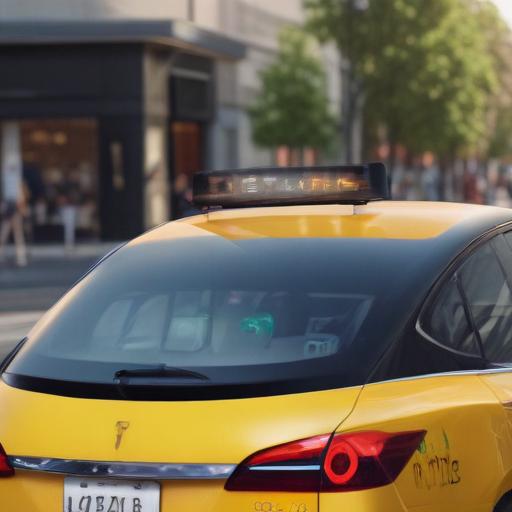Tesla is navigating significant challenges in its effort to introduce a Robotaxi service in California, primarily due to the absence of the necessary permits to operate autonomous vehicles, even with a safety driver in place. This development poses a critical hurdle to the ambitious plans laid out by CEO Elon Musk.
Despite ongoing discussions with state regulators, reports suggest Tesla’s aspirations for a full Robotaxi service are heavily restricted compared to Musk’s original vision. As per documents reviewed by Politico, officials from Tesla have met with the California Department of Motor Vehicles (DMV) multiple times since January 2023, but there have been no recent communications indicating significant progress.
Tesla’s current permit limits it to a conventional transportation service, which means it cannot legally charge for autonomous rides. Musk has been on record declaring the importance of autonomy for Tesla’s future, introducing a model in Texas that allows for human-driven ridesharing services at a low cost.
The company recently described its latest service akin to Uber, rather than the fully autonomous Robotaxi concept Musk has pitched. This comes in the wake of various public comments made by Tesla employees that appeared to misrepresent the scope and timeline of the service, prompting explanations from Tesla’s senior regulatory counsel.
The DMV has cautioned Tesla against any unauthorized attempts to launch a Robotaxi service in the Bay Area. Assemblymember Catherine Stefani criticized the company, suggesting that other businesses would face immediate repercussions for similar actions.
Tesla’s legal and regulatory maneuvers come amid Musk’s ongoing transformation of the company, focusing on long-term strategies involving autonomous vehicles and humanoid robots. The introduction of any kind of regulated Robotaxi service will require navigating the complex landscape of California’s regulatory environment.
In addition, this scenario illustrates a broader tension between innovative tech companies and regulatory frameworks, emphasizing the need for clear communication and adherence to established rules to foster a safe and compliant rollout of groundbreaking technologies in transport.
With ongoing efforts and discussions, there remains hope that a path forward can be found, allowing Tesla to eventually realize its vision while ensuring public safety and regulatory compliance.
